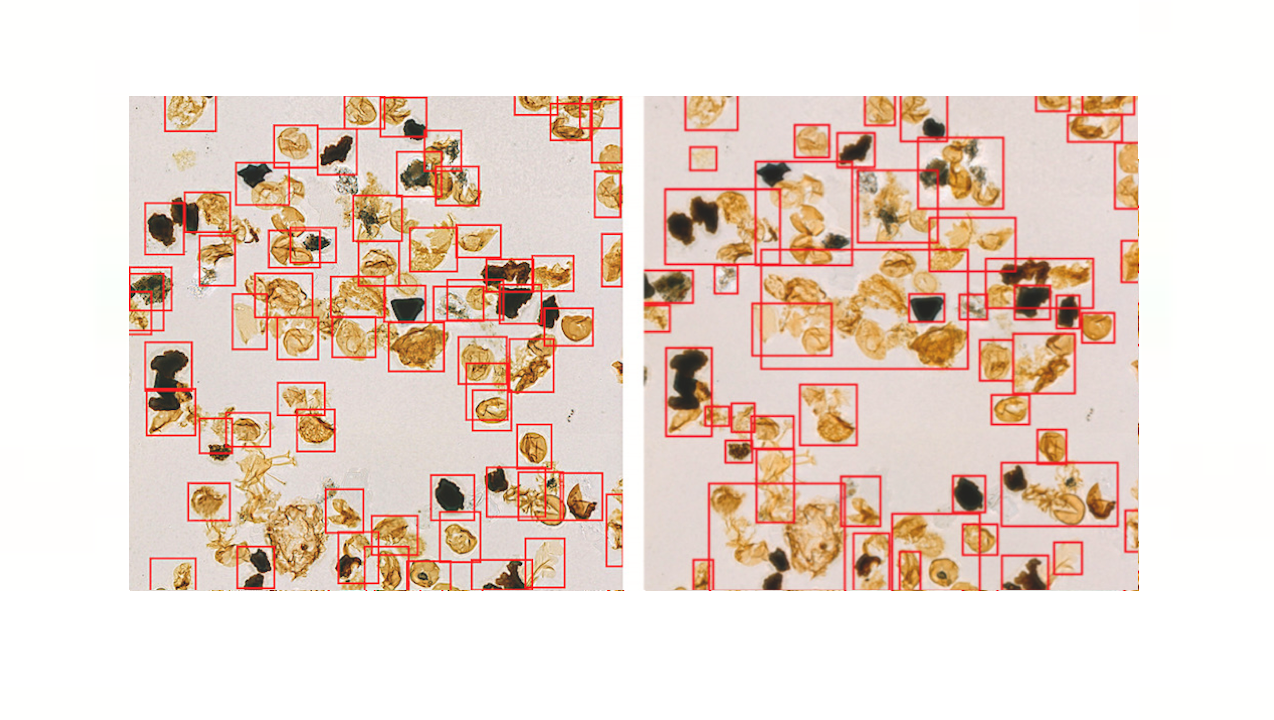
Every 12 months in southwestern Nova Scotia, a barely perceptible sequence of nocturnal chirps marks the presence of an avian freeway in the sky overhead. A citizen-driven project is now utilizing novel know-how and AI to chart these migratory routes and different important habitats in the province. The Listening Together project is utilizing cheap audio recorders, mixed with machine-learning software program, to report and analyze chook calls. Project founder John Kearney stated the growing availability of know-how permits for a project that not solely offers knowledge, but additionally opens up higher alternatives for communities to take part instantly in analysis. “The know-how used to be very costly, and just a few folks might afford to do it. But now, for $50 US, you’ll be able to have your personal full recording unit. And so what that allows is that you may put many of those out into the sector,” Kearney stated. “It’s not only a query of let’s exit and monitor and see how biodiversity is growing or reducing, but additionally studying from one another, how we’re not solely going to rework ourselves, however rework our world.” AudioMoths are a cheap, open-source audio recording know-how that researchers and residents use to conduct bioacoustic monitoring, like those right here, used for the Listening Together project. (John Kearney) Bioacoustic monitoring has an extended historical past in Canada. In 1949, the primary recordings of marine mammals — beluga whales in the Saguenay river in Quebec — prompted a significant enhance in whale analysis, and acoustic monitoring on land has been rising in recognition for the reason that Nineteen Nineties. But the Listening Together project is profiting from technological developments from the final a number of years, which have made this sort of monitoring far more accessible. The project focuses on two species in danger — the Canada warbler and the Leach’s storm petrel. The latter is taken into account threatened. Kearney stated habitat conservation typically focuses on breeding habitat, which solely hosts a species such because the Canada warbler for a part of the 12 months. “It’s very important that we protect the habitat of those threatened species all through their annual cycle. So we’re taking a look at it in phrases of what are the habitats that we’d like to defend in order that these Canada warblers can get the diet they want alongside the highway?” The Canada warbler is listed as threatened, though the inhabitants has recovered considerably in current years. (Alix d’Entremont) AudioMoths permit for monitoring at night time, when the warblers are migrating, emitting buzzes and whistles as they fly. For the Leach’s storm petrel, the place the main target is extra on figuring out nesting websites on distant islands, Kearney stated this sort of monitoring is especially important, to track modifications in the species from the start of the interval in which it has been designated as threatened. Until just lately, bioacoustic monitoring of habitat was an costly and time-consuming endeavour, requiring recorders that value 1000’s of {dollars} and generated recordsdata that wanted specialist evaluation. For this project although, Kearney is counting on AudioMoths, a cheap, open-source audio recorder first created by researchers on the University of Southampton in the U.Ok. in 2017, to monitor for the sound of gunshots — and subsequently, poaching — in nature reserves in Belize. The recorders, that are the dimensions of a bar of cleaning soap, will be positioned in a plastic sandwich bag to hold them dry, and held on a tree or publish, the place they report sound on their very own. Kearney stated by means of Listening Together, neighborhood members have positioned AudioMoths all through Kespukwitk — the Mi’kmaw identify for the area — for Canada warbler detection, and on two coastal islands for Leach’s storm petrel. The Leach’s storm petrel. (Alix D’Entremont) Tony Millard, a birder and director of the Nova Scotia Bird Society who lives in Cape Forchu, has been serving to with the project. He stated the recorders make it doable for residents to be instantly concerned in knowledge assortment. “That’s it, this excellent little listening system with microchip issues inside it. And then you definately get anyone as soon as a month to take out the chip and have a program in your pc, plug it in, and have a look at the info. It’s not that concerned.” Some of the brand new applications the project is utilizing for evaluation, like BirdInternet — a analysis project by U.S. and German universities — or Merlin Bird ID, use machine studying to establish chook calls primarily based on recordings, permitting non-specialists to be concerned in deciphering not less than a number of the knowledge. These applications can be used to pick chook calls from a whole bunch of hours of recordings (in different instances, spectrograms — a visible illustration of sound frequencies — will be analyzed by a educated particular person, to establish birds to the species degree) Millard stated these automated approaches might be particularly helpful in coming years, for documenting modifications in species distribution due to local weather change. “There’s a lot know-how in the long run [that] we’re going to have our birding armoury, to assist us,” Millard stated. Phil Taylor, a professor in the division of biology at Acadia University who’s been concerned in the project and has carried out different citizen science monitoring tasks — together with having volunteers deploy AudioMoths throughout New Brunswick this previous summer time to monitor for migrating Black Scoters — stated this sort of cheap bioacoustic monitoring expands each the geographical attain of analysis, and its attain into the final inhabitants. “It completely modifications what you’ll be able to take into consideration and what you are able to do,” stated Taylor. “And it is a means for [people] to contribute, and it engages them, after which, once you begin writing issues up and, and placing the evaluation and the summaries on the market, these individuals are .” Taylor stated it is notably important to use these instruments to concentrate on migratory habitat, as a result of whereas breeding habitat is well-documented and subsequently shapes coverage, migratory habitat is much less understood—despite the fact that migration is usually essentially the most harmful time for birds. “So having a greater understanding of the place they go and the place they cease over might assist us direct some coverage towards defending habitat throughout migration.” ‘It’s for everyone’ So far, the Listening Together project has recognized an space in Digby County that’s an important staging floor for Canada Warblers which can be making ready to fly throughout the Bay of Fundy, and is now utilizing help from a fund meant to set up areas for potential safety in the province, and will probably be conducting surveys on additional areas which can be habitat for migrating birds. In a press release, the Department of Environment stated it’s important that areas of excessive biodiversity worth be recognized, to information choices round provincial safety of land. An instance of the perils birds face when crossing our bodies of water, this picture exhibits 300 hundred frequent yellowthroats which have landed on a Bay of Fundy scallop dragger on a foggy night time. Kearney stated this exhibits the significance of defending migratory habitat. (Spencer Frazer) Kearney hopes that going ahead, individuals in the project will proceed to do greater than accumulate knowledge, for the reason that contribution of views from project companions, which embrace Acadia First Nation and educational establishments, in addition to a rising cohort of people that’ve grow to be extra in exploring nature for the reason that begin of the pandemic, will increase the potential affect of the work. “This need to preserve nature goes hand in hand with understanding it, and seeing it associated again to us, as interdependent with these vegetation and animals,” stated Kearney. “I sincerely assume that if we’re gonna resolve this ecological disaster that we’ve got, science alone will not be going to do it, we’re going to have to perceive it from a cultural, religious and scientific viewpoint. And so I feel that sort of understanding will not be one thing only for scientists. It’s for everyone.”
https://www.cbc.ca/news/canada/nova-scotia/citizen-science-project-migratory-habitat-birds-1.6293728




